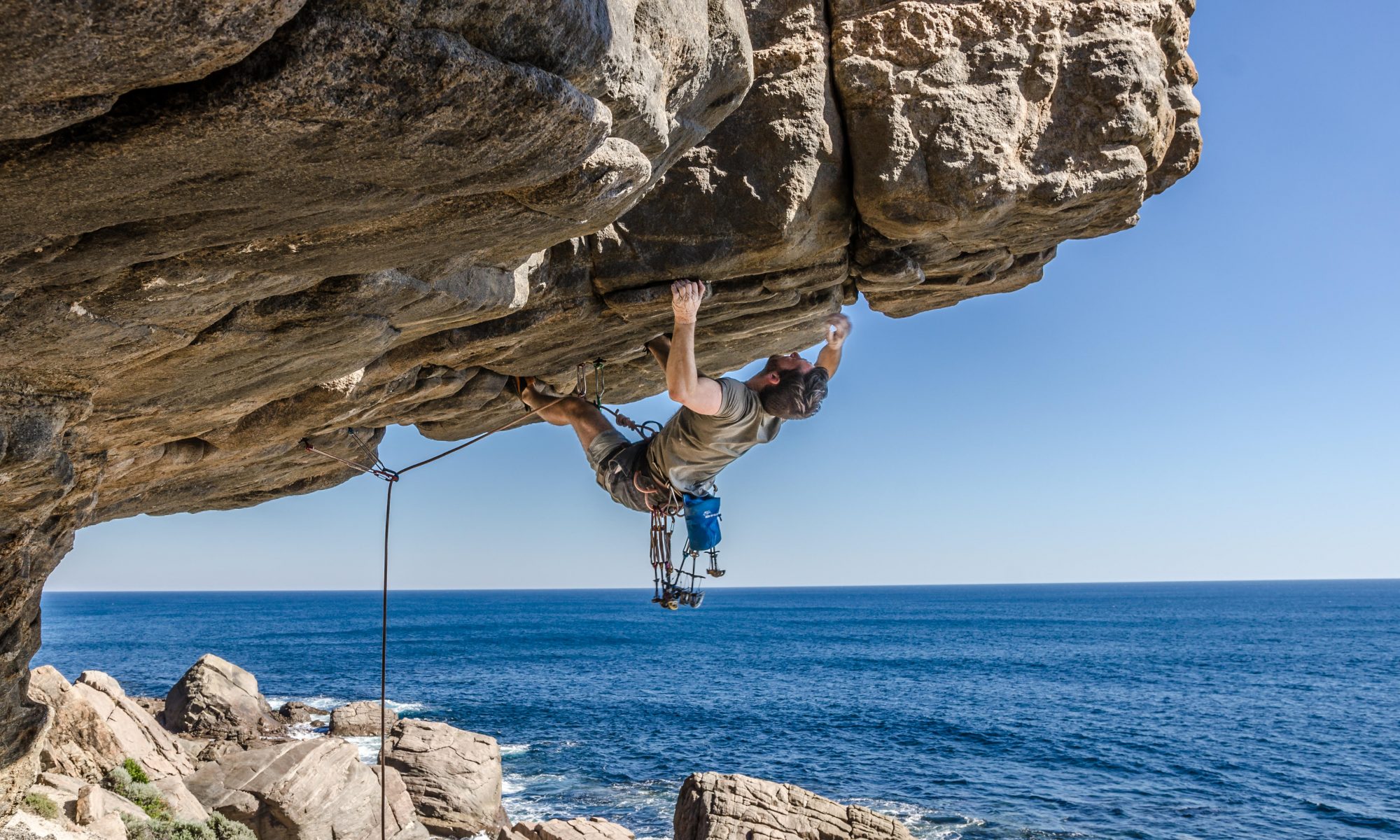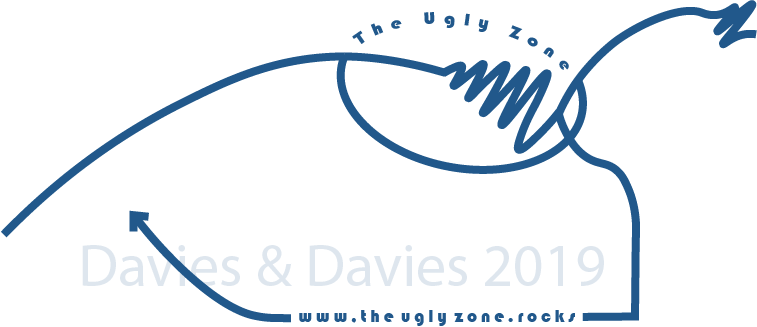The influence of individual differences. Affordances and developing perception-action coupling
Winters in Llanberis (North Wales) can feel a bit like living in Mordor. Steep mountains hide the weak winter sun and the scars left by the slate quarries add to a landscape of stark desolation. So, like many of the local climbers, my winter evenings were often spent at the Beacon Climbing Centre in the bright, vibrant and social space of their indoor walls.
One evening at the Beacon, I bumped into an old friend and university colleague. While we chatted, he asked what boulder problem I was working on. I happily showed him a very balancy, slightly crouched traverse, with small holds. My friend had a go and was very disheartened when he could not pull onto the first move. He laughed. Then said that it was so frustrating that despite being able to climb multiple grades harder than I could on any rock or ice outside, there was no chance that he would ever be able to do this particular boulder problem. He was a mountain guide and very proficient rock climber, but for him, this was a rare visit to the wall and he was there to lead climb with an old friend. He concluded that he was too tall to squish into the space and not flexible enough to make the moves.
Then he told me a great story. He asked if I remembered Crooky (Martin Crook) from our time at university. Of course, who forgets Crooky? Well, Crooky climbed a lot with his friend Big George (Smith). Although both brilliant climbers, Crooky would often spend ages working routes, then George would have a go and cruise them. Because George was so tall, he could reach extra holds and often miss out crux moves. Then, in 1994, Crooky put up a short route with sketchy gear (now a popular high-ball boulder problem). The route, on Craig Fawr in North Wales, is described as simply ‘a striking finger crack,’ but is in fact, a very thin, striking finger crack. So thin, that when Big George first tried it, he couldn’t fit his fingers in it. As a jest, a mutual friend of theirs called Jim Perrin then persuaded a gleeful Crooky to name the climb ‘Too hard for George Smith!’ Continue reading “Why was it “Too hard for George Smith?””




